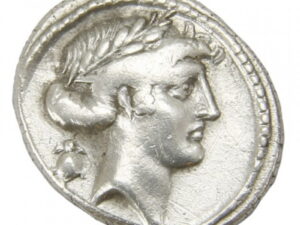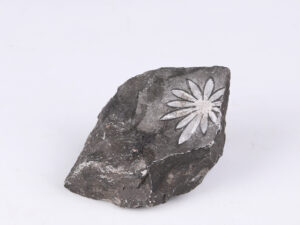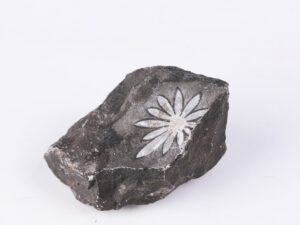Plesiosaurs were large marine reptiles, first appearing around 200 million years ago. They have been found globally across different oceans. Plesiosaurs were distinguishable by their small head, long, slender neck and their two pairs of large elongated paddle flippers. The neck constituted for nearly half of the animals body comprising of over seventy vertebrae. These animals grew to be four meters long and had very sharp teeth for their Carnivore diets. Even though plesiosaurs spent most of their time in the water, they breathed air and would have to come to the surface for it. Plesiosaurs became extinct, along with all other avian dinosaurs, around 66 million years ago, in the Cretaceous-Paleogene extinction event. This was thanks to an asteroid colliding into earth.















